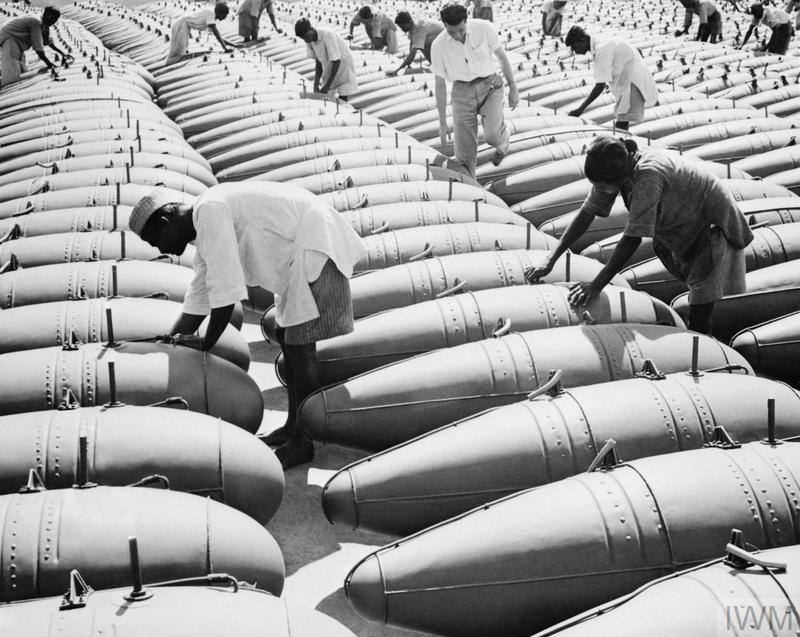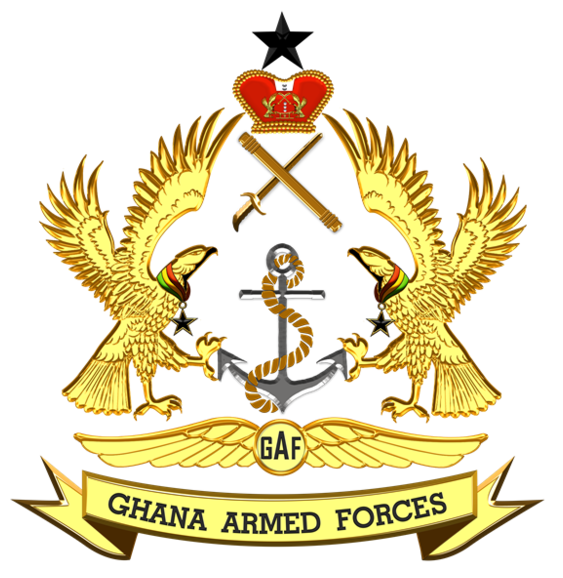|
HAL HT-2
The HAL HT-2 is an Indian two-seat primary trainer designed and built by Hindustan Aeronautics Limited (HAL). The HT-2 was the first company design to enter production in 1953 for the Indian Air Force and Navy, where it replaced the de Havilland Tiger Moth. The HT-2 is a low-wing cantilever monoplane with a fixed tailwheel landing gear. Powered by a 155 hp (116 kW) Cirrus Major III piston engine, the aircraft has enclosed tandem cockpits with dual controls. Apart from military use, the aircraft was also used by Indian flying schools. Operators ; * Ghana Air Force :12 HAL HT-2s were delivered and used between 1959 and 1974. ; * Indian Air Force * Indian Navy Specifications (HT-2) See also * List of Indian aircraft References * * The Illustrated Encyclopedia of Aircraft The ''Illustrated Encyclopedia of Aircraft'' was a weekly partwork magazine by Aerospace Publishing (an imprint of Orbis Publishing) which was published in the United Kingdom (and sold in other ... [...More Info...] [...Related Items...] OR: [Wikipedia] [Google] [Baidu] |
Primary Trainer
A trainer is a class of aircraft designed specifically to facilitate flight training of pilots and aircrews. The use of a dedicated trainer aircraft with additional safety features—such as tandem flight controls, forgiving flight characteristics and a simplified cockpit arrangement—allows pilots-in-training to safely advance their skills in a more forgiving aircraft. Civilian pilots are normally trained in a light aircraft, with two or more seats to allow for a student and instructor. Tandem and side by side The two seating configurations for trainer aircraft are: pilot and instructor side by side, or in tandem, usually with the pilot in front and the instructor behind. The side-by-side seating configuration has the advantage that pilot and instructor can see each other's actions, allowing the pilot to learn from the instructor and the instructor to correct the student pilot. The tandem configuration has the advantage of being closer to the normal working environment that ... [...More Info...] [...Related Items...] OR: [Wikipedia] [Google] [Baidu] |
Straight Engine
The straight or inline engine is an internal combustion engine with all cylinders aligned in one row and having no offset. Usually found in four, six and eight cylinder configurations, they have been used in automobiles, locomotives and aircraft, although the term in-line has a broader meaning when applied to aircraft engines, see Inline engine (aviation). Design A straight engine is considerably easier to build than an otherwise equivalent horizontally opposed or V engine, because both the cylinder bank and crankshaft can be milled from a single metal casting, and it requires fewer cylinder heads and camshafts. In-line engines are also smaller in overall physical dimensions than designs such as the radial, and can be mounted in any direction. Straight configurations are simpler than their V-shaped counterparts. Although six-cylinder engines are inherently balanced, the four-cylinder models are inherently off balance and rough, unlike 90-degree V fours and horizontally oppos ... [...More Info...] [...Related Items...] OR: [Wikipedia] [Google] [Baidu] |
HAL Aircraft
HAL may refer to: Aviation * Halali Airport (IATA airport code: HAL) Halali, Oshikoto, Namibia * Hawaiian Airlines (ICAO airline code: HAL) * HAL Airport, Bangalore, India * Hindustan Aeronautics Limited an Indian aerospace manufacturer of fighter aircraft and helicopters Businesses * HAL Allergy, a Dutch pharmaceutical company * HAL Computer Systems, a defunct computer manufacturer * HAL Laboratory, a Japanese video game developer * Halliburton's New York Stock Exchange ticker symbol * Hamburg America Line, a shipping company * Hindustan Aeronautics Limited, an Indian aerospace manufacturer of fighter aircraft and helicopters * Hindustan Antibiotics Limited, an Indian public sector pharmaceutical manufacturer * Holland America Line, a cruise ship operator * HAL FM, or CHNS-FM, a classic rock station in Halifax, Nova Scotia Computing * Hardware abstraction layer, a layer of software that hides hardware differences from higher level programs * HAL (software), an implementation o ... [...More Info...] [...Related Items...] OR: [Wikipedia] [Google] [Baidu] |
1950s Indian Military Trainer Aircraft
Year 195 ( CXCV) was a common year starting on Wednesday (link will display the full calendar) of the Julian calendar. At the time, it was known as the Year of the Consulship of Scrapula and Clemens (or, less frequently, year 948 ''Ab urbe condita''). The denomination 195 for this year has been used since the early medieval period, when the Anno Domini calendar era became the prevalent method in Europe for naming years. Events By place Roman Empire * Emperor Septimius Severus has the Roman Senate deify the previous emperor Commodus, in an attempt to gain favor with the family of Marcus Aurelius. * King Vologases V and other eastern princes support the claims of Pescennius Niger. The Roman province of Mesopotamia rises in revolt with Parthian support. Severus marches to Mesopotamia to battle the Parthians. * The Roman province of Syria is divided and the role of Antioch is diminished. The Romans annexed the Syrian cities of Edessa and Nisibis. Severus re-establish his head ... [...More Info...] [...Related Items...] OR: [Wikipedia] [Google] [Baidu] |
Illustrated Encyclopedia Of Aircraft
The ''Illustrated Encyclopedia of Aircraft'' was a weekly partwork magazine by Aerospace Publishing (an imprint of Orbis Publishing) which was published in the United Kingdom (and sold in other countries too) during the early 1980s. The magazine was intended to eventually make up a multi-volume encyclopedia dedicated to aviation. First issued in 1981, the partwork comprised 216 issues, each of twenty pages (plus the covers), making up eighteen volumes (4280 pages). The first two issues were sold together for the price of one, subsequent issues were sold on their own. Empty binders for each volume (of twelve issues) were also sold. These binders were dark blue in colour and contained the imprint of a Panavia Tornado on the front. They held the issues using a metal strip that was threaded through the staples of each issue to hold them in place. Each issue consisted of four separate sections. The final two parts (215 and 216), issued in 1985, comprised the index for the encyclopedi ... [...More Info...] [...Related Items...] OR: [Wikipedia] [Google] [Baidu] |
List Of Indian Aircraft
The article constitutes most of notable aircraft produced by India. Since its independence, India has designed and produced a number of civilian and military aircraft. State-owned Hindustan Aeronautics Limited (HAL) remains the largest manufacturer of aircraft in country. Trainers Civilian Rotorcraft Fixed wing Military Rotorcraft Fixed Wing Unmanned aerial vehicles Ultralight * X-Air * X-Air Hanuman * Raj Hamsa Voyager * Raj Hamsa Clipper See also * Indian Air Force * Aviation in India * Civil aviation in India * Defence industry of India Notes and References Notes References Bibliography * * * * * * * * * * *Taylor, M.J.H. (ed,). ''Brassey's World Aircraft Systems Directory 1999/2000 Edition''. London: Brassey's, 1999. * * * * * {{HAL aircraft India Aircraft An aircraft is a vehicle that is able to fly by gaining support from the air. It counters the force of gravity by using either static lift or by using the ... [...More Info...] [...Related Items...] OR: [Wikipedia] [Google] [Baidu] |
HAL HT-2 (2)
The HAL HT-2 is an Indian two-seat primary trainer designed and built by Hindustan Aeronautics Limited (HAL). The HT-2 was the first company design to enter production in 1953 for the Indian Air Force and Navy, where it replaced the de Havilland Tiger Moth. The HT-2 is a low-wing cantilever monoplane with a fixed tailwheel landing gear. Powered by a 155 hp (116 kW) Cirrus Major III piston engine, the aircraft has enclosed tandem cockpits with dual controls. Apart from military use, the aircraft was also used by Indian flying schools. Operators ; * Ghana Air Force :12 HAL HT-2s were delivered and used between 1959 and 1974. ; * Indian Air Force * Indian Navy Specifications (HT-2) See also * List of Indian aircraft References * * The Illustrated Encyclopedia of Aircraft The ''Illustrated Encyclopedia of Aircraft'' was a weekly partwork magazine by Aerospace Publishing (an imprint of Orbis Publishing) which was published in the United Kingdom (and sold in other ... [...More Info...] [...Related Items...] OR: [Wikipedia] [Google] [Baidu] |
Hindustan Aeronautics Limited
Hindustan Aeronautics Limited (HAL) is an Indian state-owned aerospace and defence (military), defence company, headquartered in Bangalore, India. Established on 23 December 1940, HAL is one of the oldest and largest aerospace and defence manufacturers in the world today. HAL began aircraft manufacturing as early as 1942 with licensed production of Harlow PC-5, Curtiss P-36 Hawk and Vultee A-31 Vengeance for the Indian Air Force. HAL currently has 11 dedicated Research and development (R&D) centers and 21 manufacturing divisions under 4 production units spread across India. HAL is managed by a Board of Directors appointed by the President of India through the Ministry of Defence (India), Ministry of Defence, Government of India. HAL is currently involved in designing and manufacturing of fighter jets, helicopters, jet engine and marine gas turbine engine, avionics, software development, spares supply, overhauling and upgrading of List of active Indian military aircraft, Indian mi ... [...More Info...] [...Related Items...] OR: [Wikipedia] [Google] [Baidu] |
Ghana Air Force
The Ghana Air Force (GHF) is the aerial warfare organizational military branch of the Ghanaian Armed Forces (GAF). The GHF, along with the Ghanaian army (GA) and Ghanaian navy (GN), make up the Ghanaian Armed Forces (GAF), which are controlled by the Ghanaian Ministry of Defence (MoD). History The GHF (Ghana Air Force) started on 24 July 1959 as a Flying Training School with Israeli instructors and technicians, under the command of Lt. Col. Adam Shatkay of the IAF. The School was established as a cradle of a service to complement the Army and the Navy. Later that year a headquarters was established in Accra under the command of Indian Air commodore K. Jaswant-Singh who was appointed as the first Chief of Air Staff (CAS). In 1960 Royal Air Force personnel took up the task of training the newly established Ghana Air Force and in 1961 they were joined by a small group of Royal Canadian Air Force personnel. In September 1961 as part of President Kwame Nkrumah's Africanization ... [...More Info...] [...Related Items...] OR: [Wikipedia] [Google] [Baidu] |
Cirrus Major
The Blackburn Cirrus Major is a British, inline-four aircraft engine that was developed in the late 1930s. Design and development The Blackburn Cirrus Major started life as a continued evolution of the original Cirrus and Hermes series of aircraft engines which had been in production for the last decade. C. S. Napier, son of engine designer Montague Napier, was Technical Director and Chief Designer for Cirrus-Hermes Engineering when he began work on two new engines, the Cirrus minor and the larger Cirrus Major. The engines were still under development when the company was bought by the Blackburn Aeroplane & Motor Company, moved to a new factory at Brough in Yorkshire and renamed Cirrus Hermes Engineering."The 'Cirrus Major'", ''Flight'', 13 June 1935. Supplement."A New Small Engine", ''Flight'', 28 February 1935, pp.218-9. Like all the Cirrus engines, the Major was an air-cooled inverted four-cylinder inline design. Aimed at the same market for a robust, reliable and affordab ... [...More Info...] [...Related Items...] OR: [Wikipedia] [Google] [Baidu] |
.jpg)

.jpg)

